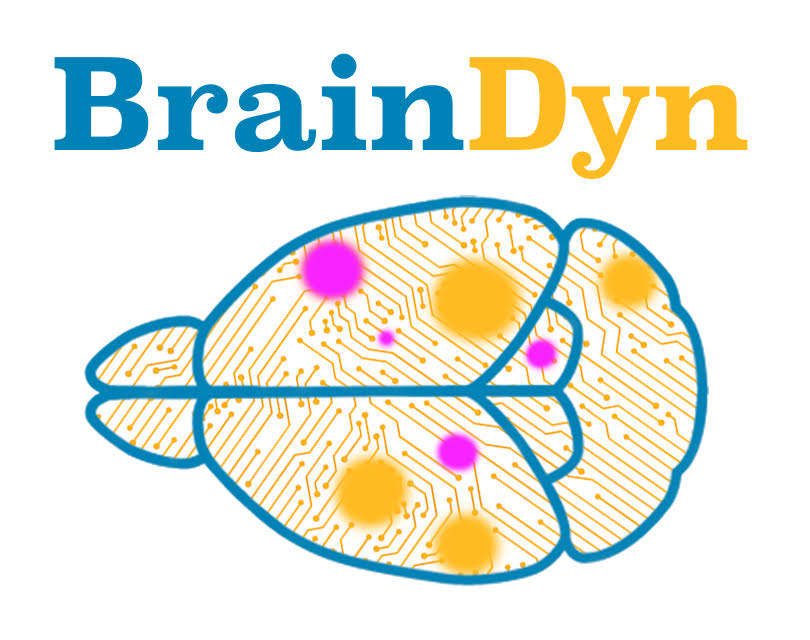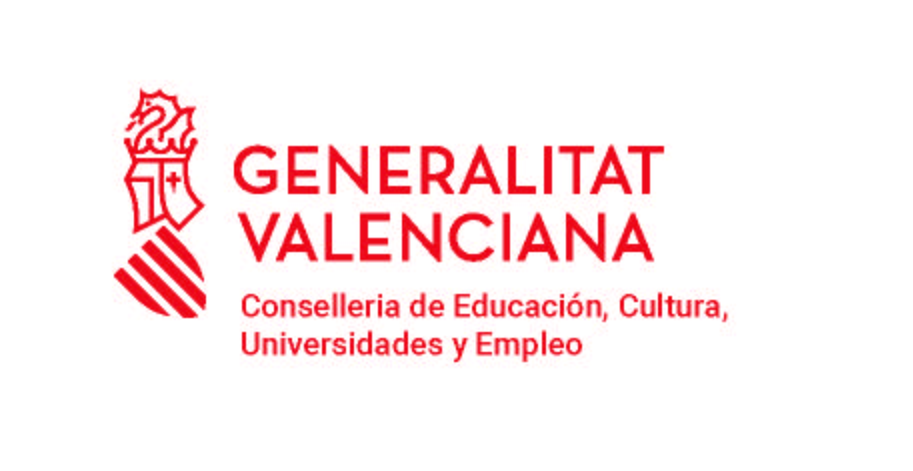
PROMETEO PROGRAM Project
Prometeo/2021/052
Funded by:

RESEARCH TEAM
Investigador responsable del proyecto
Prof. Guillermina López-Bendito (Instituto de Neurociencias, UMH-CSIC, Alicante)
Prof. Miguel Valdeolmillos López
Dr. Francisco J. Martini
Dr. Eduardo Leyva Díaz
Dra. Teresa Guillamón Vivancos
Dr. Daniel Torres Romero
Dra. Dorien Vandael
Dra. Emily Wilson
Dr. Fabrizio Favaloro
Dra. Luwei Wang
Mar Aníbal Martínez
Chrysoula Giasafaki
Lorenzo Puche Aroca
Pablo Castellano Ruiz
Francesco Dori
Elena Pérez Montoyo
Eleni Giannopoulou
Luis Miguel Rodríguez Malmierca
Belén Andrés Bayón
María Aurelia Torregrosa Mira
Jessica Valdivia García
Helena Campos Martín
Dra. Verónica Miguela Fernández
Dra. Ana Carmena De La Cruz (Instituto de Neurociencias, UMH-CSIC, Alicante)
Ana María Torres Jurado
Dr. Pietro Fazzari (Centro de Investigación Príncipe Felipe, Valencia)
Carmen Navarro González
Ángela Rodríguez Prieto
Dr. Joaquín Ibáñez Ballesteros (Departamento de Fisiología, UMH, Elche)
Sergio Molina Rodríguez
Revealing early circuits dynamics in the developing and sensory injured brain
(BrainDyn)
PROJECT SUMMARY
The maturation of the nervous system involves an increasing number of cells and connections but also events of reorganization also known as neuroplasticity. Although there have been significant advances in understanding neuroplasticity in both normal and perturbed scenarios, the early plastic events that shape the assembly of sensory circuits in the intact brain and the transformations observed in congenitally deprived models or after early postnatal damage remain largely unknown. Cortical sensory maps are built during development by the concerted unfolding of genetic programs and the emergence of spontaneous activity, that plays a central role in shaping early network connectivity. Recent results from our laboratory have shown that embryonic spontaneous activity from the thalamus is crucial for the circuit assembly of cortical sensory areas. However, little is known about how specific patterns of spontaneous activity in the thalamus and cortex evolve during development and how do they correlate with neuroplasticity programs. Here, we propose to tailor a multidisciplinary approach to unravel the properties of spontaneous activity patterns during embryonic and early postnatal development, in normal conditions and in the presence of sensory deprivations or brain insults. To this end, we will use macro-scale brain imaging with intracortical, and superficial electrical recordings adapted to early sensory deprived mouse models. This requires the development of novel technological tools, in order to incorporate spontaneous activity as a determinant variable for sensory plasticity and to identify the molecular and cellular rearrangements that allow the functional compensation. Complementary to the technological developments, we will use diverse experimental models such as the mouse, that allows different experimental interventions, and the fly Drosophila, more favorable for identifying new molecules involved in circuit rewiring. The information gathered with this project will open the way to devise strategies that may serve to direct these programs of plasticity in clinical situations where sensory input has been comprised.
HYPOTHESES AND SPECIFIC OBJECTIVES
In this project, we propose to combine the development of new technologies with the use of complementary approaches and animal models to reveal for the first time the spontaneous activity programs that are required for the development and plasticity of sensory cortices in the normal and injured brain. Our hypothesis is that neuroplasticity changes that are triggered by peripheral or central insults are under the strict regulation of activity programs that comprise the regulation of gene expression and rewiring of sensory circuits. To test this hypothesis, we will use macro-scale brain imaging with intracortical, and superficial electrical recordings adapted to early sensory deprived mouse models. This requires the development of novel technological tools, in order to incorporate spontaneous activity as a determinant variable for sensory plasticity and to identify the molecular and cellular rearrangements that allow the functional compensation. To this end, the three specific aims of this project are (1) to study the spontaneous activity patterns in developing thalamocortical circuits in vivo and to reveal functional plasticity in thalamocortical circuits in a sensory deprived brain (2) and in a cortical injured brain (3).
PROMETEO PUBLICATIONS
- Rodríguez-Prieto Á, Mateos-White I, Aníbal-Martínez M, Navarro-González C, Gil-Sanz C, Domínguez-Canterla Y, González-Manteiga A, Del Buey Furió V, López-Bendito G, Fazzari P (2024) Nrg1 intracellular signaling regulates the development of interhemispheric callosal axons in mice. Life Sci Alliance. Jun 25;7(9):e202302250. doi: 10.26508/lsa.202302250. Print 2024 Sep.
- Guillamón-Vivancos T, Vandael D, Torres D, López-Bendito G, Martini FJ (2023) Mesoscale calcium imaging in vivo: evolution and contribution to developmental neuroscience. Front Neurosci 17:1210199. doi: 10.3389/fnins.2023.1210199.
- Huerga-Gómez I, Martini FJ, López-Bendito G (2023) Building thalamic neuronal networks during mouse development. Front Neural Circuits 17:1098913. doi: 10.3389/fncir.2023.1098913.
-
De Torres-Jurado, A., Manzanero-Ortiz, S., and Carmena, A (2022) Glial-secreted Netrins regulate Robo1/Rac1-Cdc42 signaling threshold levels during Drosophila asymmetric neural stem and progenitor cell division. Current Biology 32(10): 2174-2188. doi: 10.1016/j.cub.2022.04.001
-
Guillamón-Vivancos T, Aníbal-Martínez M, Puche-Aroca L, Moreno-Bravo JA, Valdeolmillos M, Martini FJ, López-Bendito G (2022) Input-dependent segregation of visual and somatosensory circuits in the mouse superior colliculus. Science 377(6608):845-850. doi: 10.1126/science.abq2960.
-
Moreno-Juan V, Aníbal-Martínez M, Herrero-Navarro Á, Valdeolmillos M, Martini FJ, López-Bendito G (2023) Spontaneous Thalamic Activity Modulates the Cortical Innervation of the Primary Visual Nucleus of the Thalamus. Neuroscience 508:87-97. doi:10.1016/j.neuroscience.2022.07.022.
-
López-Bendito G, Aníbal-Martínez M, Martini FJ (2022) Cross-Modal Plasticity in Brains Deprived of Visual Input Before Vision. Annu Rev Neurosci 45:471-489. doi: 10.1146/annurev-neuro-111020-104222.
- González-Manteiga A, Navarro-González C, Sebestyén VE, Saborit-Torres JM, Talhada D, Vayá MdlI, Ruscher K, Fazzari P (2022) A Novel In Vivo Model for Multiplexed Analysis of Callosal Connections upon Cortical Damage. Int. J. Mol. Sci. doi: 10.3390/ijms23158224

 English
English